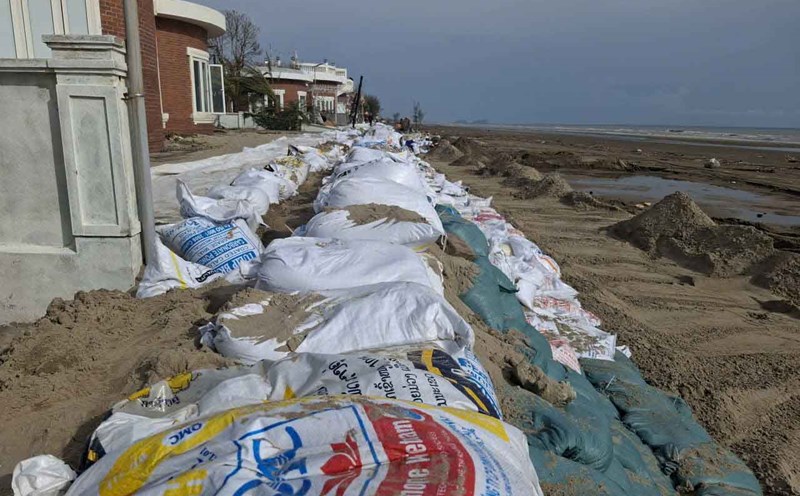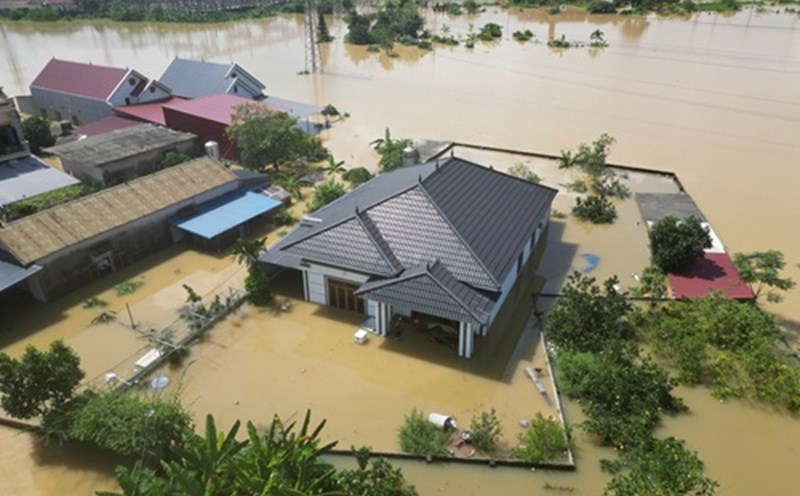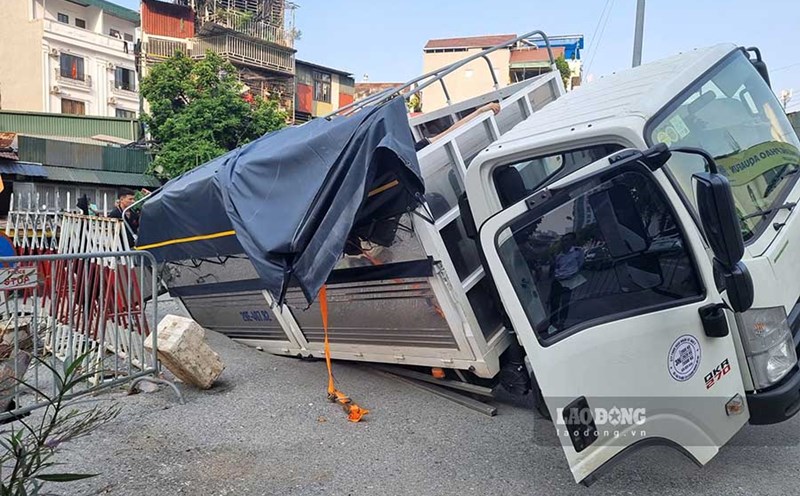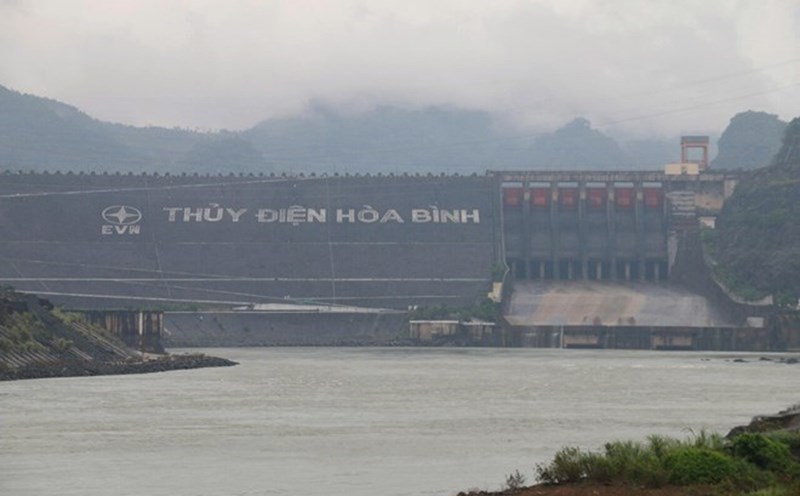According to an update from Hoa Binh Hydropower Company, as of 11:00 on October 9, the upstream water level of Hoa Binh Lake was at elevation of 112.89m; the water flow to the lake reached 3,582m3/s; total discharge was 2,476m3/s.
Implementing the inter-reservoir operation process in the Red River basin, Hoa Binh Hydropower Reservoir closed one of the bottom spillways at 7:00 p.m. on October 8.
Previously, at 1:00 a.m. the same day, the lake had also closed a bottom spillway. Currently, only power generation is maintained through generators.
Mr. Pham Van Vuong - Director of Hoa Binh Hydropower Company - said that closing all bottom spillways helps the water level downstream of the Da River decrease rapidly, in order to reduce pressure on the downstream area.
According to Mr. Vuong, the regulation of closing and opening the spillway will be implemented flexibly, based on hydrological developments, the amount of water flowing in and the direction of the National Steering Committee for Natural Disaster Prevention and Control.
All parameters on water level and discharge flow are continuously updated, reported to the Ministry of Agriculture and Environment through the Department of Dyke Management and Natural Disaster Prevention, and related agencies.
According to the National Center for Hydro-Meteorological Forecasting, heavy rain has decreased in the North, but flood water on rivers such as Cau River, Thuong River, and Trung River is being affected by heavy floods, with water levels at many stations exceeding alert level 3.
It is forecasted that in the next 12 - 24 hours, floods on these rivers will recede slowly. In the next 2-3 days, the risk of widespread flooding in Thai Nguyen, Bac Ninh, Lang Son provinces will remain very high, especially in low-lying areas along the river, urban areas and residential areas along the riverbank.
In addition, the mountainous areas of the North are warned of the risk of flash floods and landslides, especially in Lao Cai, Tuyen Quang, Cao Bang.
The authorities recommend that localities continue to closely monitor the development of floods and rains and operate reservoirs safely. At the same time, proactively evacuate people in high-risk areas to minimize damage caused by floods, flash floods and landslides that may occur in the coming days.











